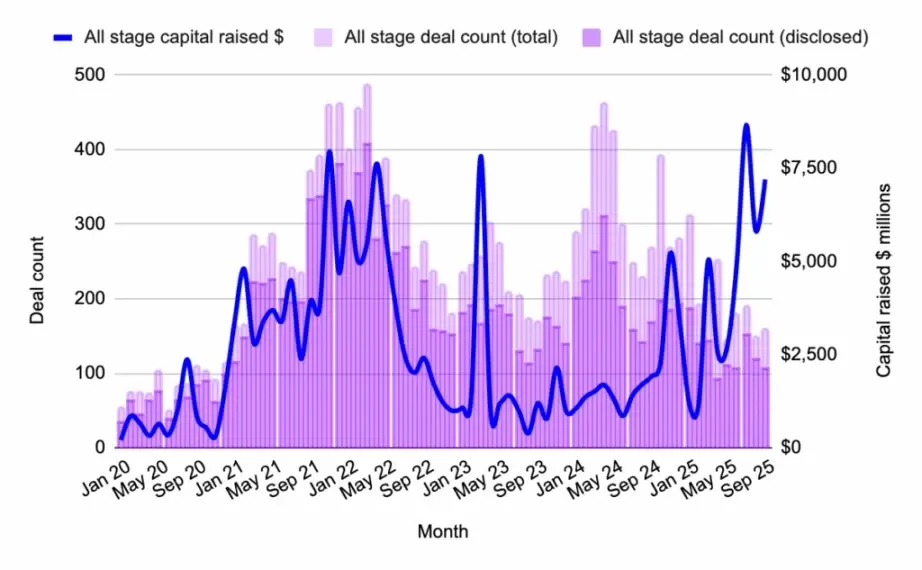Written by: White55, Mars Finance
Hayes Martin, president of the consulting firm Market Extremes and an expert in U.S. stock market bubble analysis, pointed out that while U.S. stock valuations may show signs of bubbling by 2026, the current market rally is still fundamentally solid. Unlike the cautious views of most market analysts, Martin has remained optimistic about the U.S. bull market pattern in recent years. He believes that, at least in the coming months, the current strong performance of the market will not undergo a fundamental reversal.
Martin stated that a short-term adjustment of 5% to 8% in the market is within the range of normal fluctuations. However, he emphasized that unless there is a severe deterioration in the internal structure of the market or a shift in the Federal Reserve's policy stance, any pullback will attract investors to actively enter the market, pushing it to new highs in a short period. The so-called "internal structure of the market" mainly encompasses several dimensions, including market breadth (the consistency of valuations across industries, sectors, and individual stocks), volume breadth (the balance of trading volumes across different sectors), and market momentum (the sustainability of price increases). Martin specifically pointed out that several key indicators are crucial for assessing market health.
Among them, the Nasdaq weekly advance/decline line (A/D line) is one of the key indicators he focuses on. This indicator forms a cumulative curve by calculating the net difference between the number of stocks that rose and those that fell each week. When the number of advancing stocks predominates, this indicator will show an upward trend. "Historical data shows that in the months leading up to the formation of most major market tops, the Nasdaq weekly A/D line tends to peak in advance," Martin explained. Currently, this indicator reached a year-and-a-half high on October 24, indicating that there will not be a significant top in the market in the short term.
Additionally, Martin closely monitors the performance of the equal-weighted versions of major indices. If the equal-weighted index significantly lags behind the market-cap-weighted index, it indicates that the market rally relies on a few large-cap stocks, which is a sign of weak internal structure. However, the current situation is quite the opposite, with the equal-weighted index and small-cap and micro-cap indices all reaching new highs simultaneously.
Historically, small-cap and micro-cap stocks, which have relatively weak fundamentals, tend to weaken first before the market ultimately peaks. The current market conditions show that such signals indicating a significant top have not appeared.
Although Martin acknowledges that U.S. stock valuations may be at extreme levels and bubble characteristics are beginning to emerge, he also pointed out: "The rally since April of this year has been relatively orderly, completely lacking the frenzy seen at the peak of the 2000 internet bubble." Martin concluded that if a bubble truly bursts in 2026, the root cause will not be a valuation issue but rather the "unstable" state reflected in the market's internal structure. He clearly stated: "There is absolutely no indication of this situation in the current market."
免责声明:本文章仅代表作者个人观点,不代表本平台的立场和观点。本文章仅供信息分享,不构成对任何人的任何投资建议。用户与作者之间的任何争议,与本平台无关。如网页中刊载的文章或图片涉及侵权,请提供相关的权利证明和身份证明发送邮件到support@aicoin.com,本平台相关工作人员将会进行核查。




